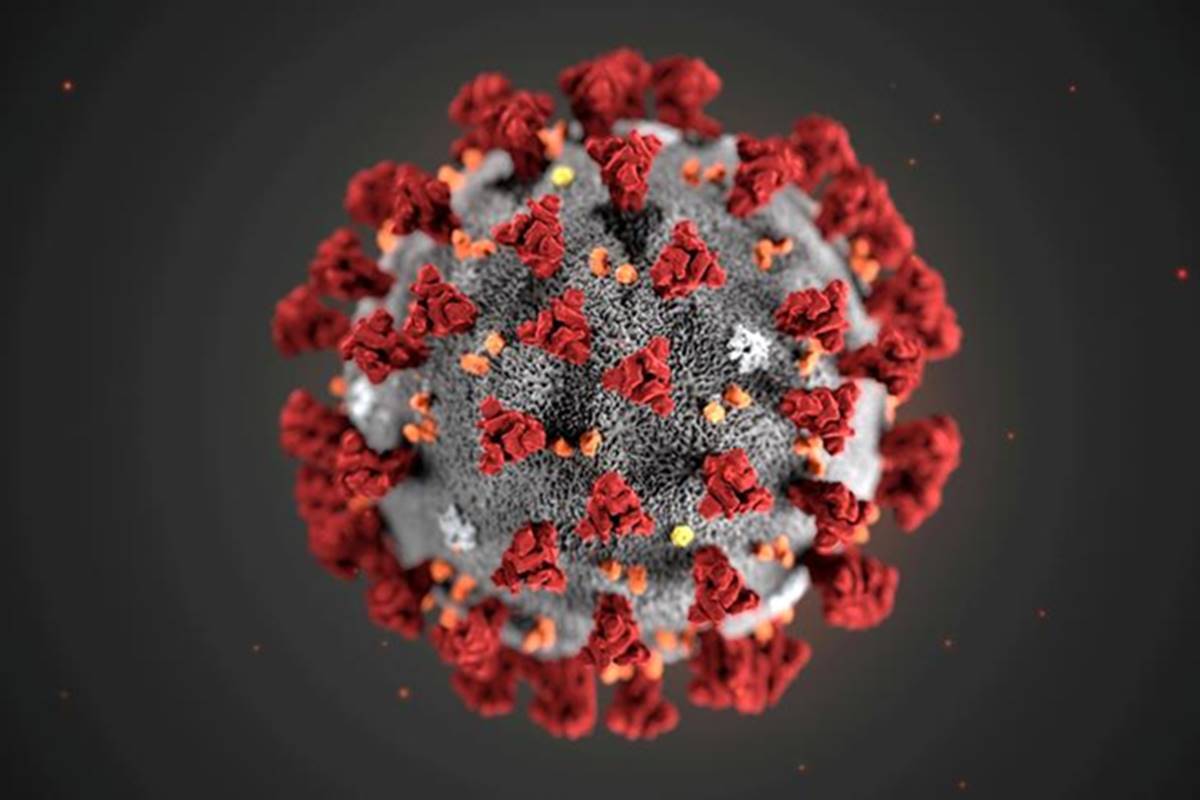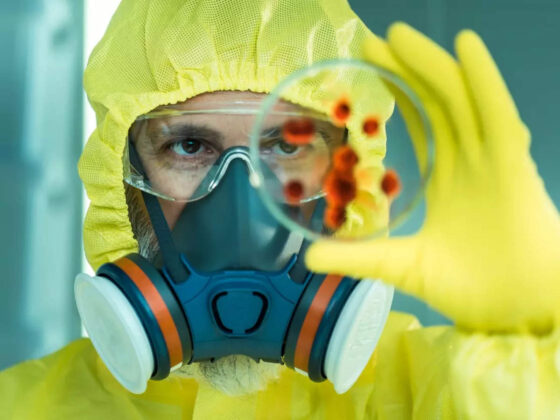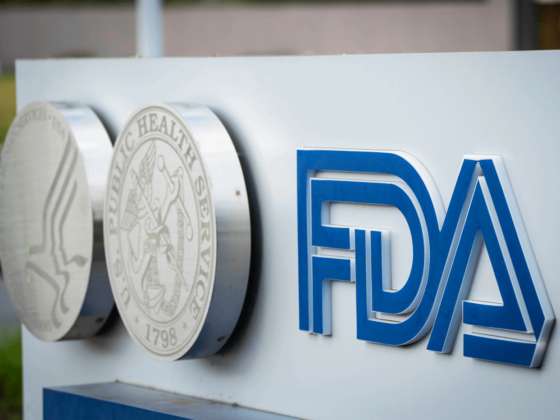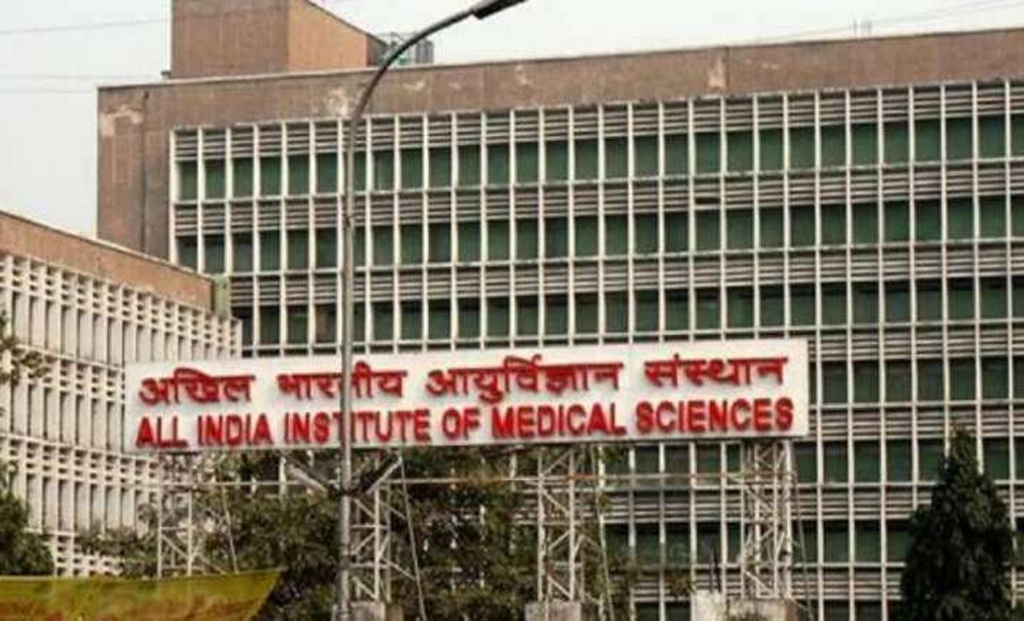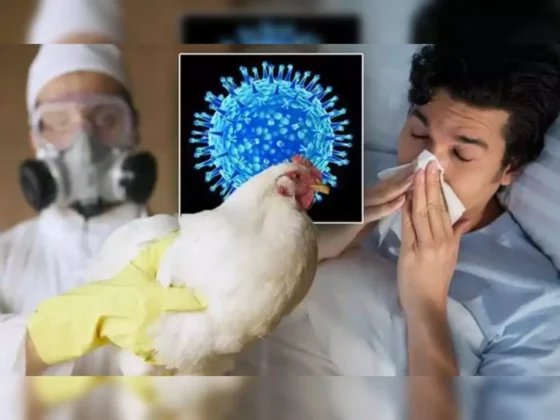According to a recent study, researchers from the Whitehead Institute for Biomedical Research and Massachusetts Institute of Technology (MIT) in the US revealed that genetic sequences from the RNA virus SARS-CoV-2 can participate into the genome of the host cell through a process called reverse transcription. These sections of the genome can be “read” into RNAs that could potentially be picked up by a PCR test.
The results of the study are published online six in the journal Proceedings of the National Academy of Sciences. Some viruses that are called retroviruses that rely on integration into human DNA to replicate themselves.
The first author Liguo Zhang, postdoctoral researcher at Whitehead Institute said, “SARS-CoV-2 is not a retrovirus, which means it doesn’t need reverse transcription for its replication.”
“However, non-retroviral RNA virus sequences have been detected in the genomes of many vertebrate species, including humans.” Zhang added.
Keeping this in mind the team analyzed the published database of RNA transcripts from different types of samples that included Covid-19 patient samples too, in order to test whether it is a viral integration or not that could be the reason that might be happening with the novel coronavirus.
It was possible to calculate the fraction of genes that were transcribed in these patients’ cells that contained viral sequences that could be derived from integrated viral copies.
However, from sample to sample the percentage varied but for some quite a large fraction of viral transcripts seem to have been transcribed from viral genetic material integrated into genome.
For SARS-CoV-2, the frequency of integration in humans is still unknown. “The fraction of cells which integrate could be very small,” said Rudolf Jaenisch, professor of biology at MIT.
“But even if it’s rare, there are more than 140 million people who have been infected already, right?”Jaenisch said.
“This is a question that we are asked almost daily in our practice and is actually a very important point to understand for both healthcare professionals as well as the general public. All viruses (not just COVID-19) go through various stages of infection in the human body. The last stage is called ‘viral shedding’- in which non-infectious viral particles are released. These can still be detected in nasal swabs, throat swabs, and stool samples. Please remember, if a person has clinically improved, scientists believe that the viral particles are no longer dangerous to others. In fact, we do not recommend re-testing for COVID-19 once a patient has recovered (and for 90 days thereafter). It causes unnecessary anxiety and wasted resources,” said Dr. Jennifer Prabhu, Co-Founder & CEO, Circee Health M.D., FAAP, FACP, MT (ASCP).
Dr. Prabhu added, “Another scenario in which a person could test positive after recovery is if they have become reinfected with the virus. This could occur if a patient is already immunocompromised (has a disease where they cannot make a proper antibody response to the infection, or if they are taking steroids), or it is, unfortunately, possible to be infected with a different variant of the virus, which India has been experiencing currently. Please remember that this only occurs more than 90 days after the initial positive test and the patient typically will have a recurrence of symptoms. In this case, they are considered infectious, and would need to restart the quarantine period.”

